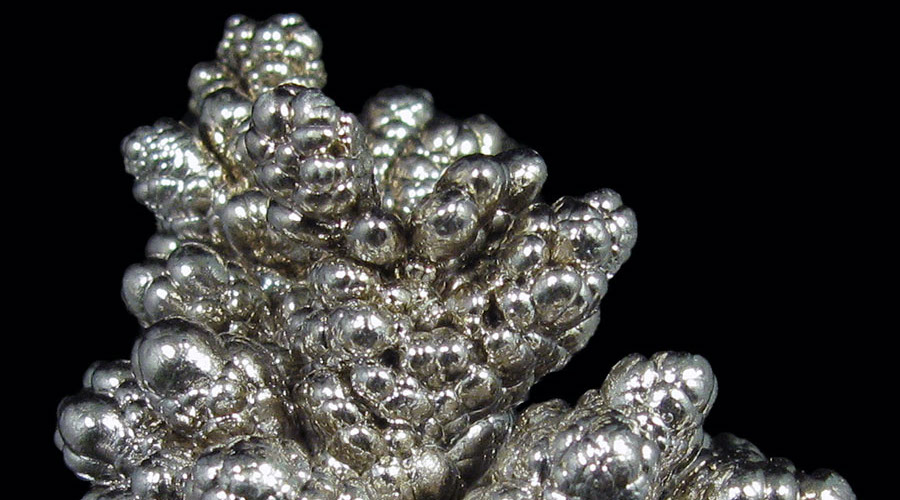
BHP’s relationship with its Western Australian nickel operations has been something of an on-and-off affair.
In 2014, Melbourne-based BHP excluded Nickel West from its South32 spin-off, created to house the company’s non-core assets. Today South32 is worth $9.5 billion, 50% more than on its debut, and senior management in Perth may well feel that in the end that was a blessing.
Later that year the world’s top mining company, more than $30 billion clear of its nearest rival, also waved away bidders for Nickel West, said to be Glencore and Chinese nickel group Jinchuan, in a sale put as high as $1 billion.
Three years later, hoping to capitalize on the rosy view of nickel’s role in the electric car story, BHP decided rather than close down the division, to build a sulfate plant to turn Nickel West into a “mine-to-market” operation.
In July this year, BHP admitted defeat. Not for a lack of trying. BHP says it spent $3 billion to sustain and expand the division since 2020 which now included the Kwinana nickel refinery, Kalgoorlie nickel smelter, Mt Keith and Leinster mines and the West Musgrave project it inherited from last year’s $6.4 billion Oz Minerals takeover.
BHP is still calling it a “temporary suspension” but judging by the company’s outlook accompanying its year-end results released this week temporary may turn out to be a long time.
While the long term benefits of the energy transition remains positive for nickel, the “demand signposts” from the stainless steel and EV markets BHP said it has observed since the February announcement of the review were all negative while the supply response has not been enough.
“On the supply side of the industry, we observed additional curtailments and project suspensions being publicly announced, slower than expected mining approvals in Indonesia both pre-and-post the presidential election, the LME suspending Russian metal deliveries in response to US and UK sanctions, and civil unrest in New Caledonia (~6% of global nickel mined supply).
“The net impact of these fundamental signposts was not enough to alter our view that the nickel industry is likely in an extended run of annual surpluses stretching into the decade’s final third.”
Nickel prices recovered from six month lows this week, scaling the $17,000 a tonne level, but remains firmly in a bear market, trading down more than 20% from highs reached only three months ago.